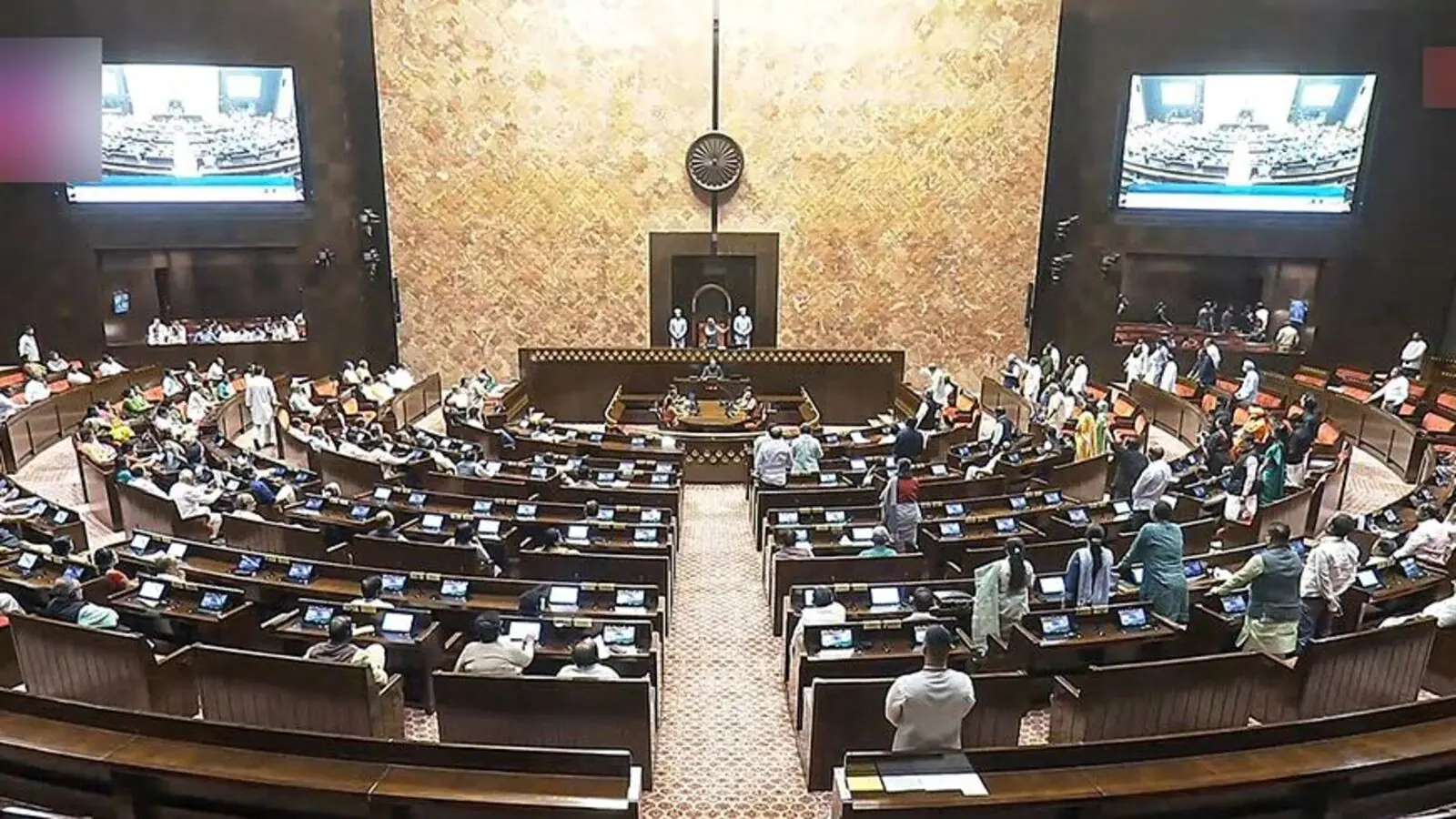
Vice President election: NDA vs Opposition, who has the edge? Number game explained as Jagdeep Dhankhar resigns
How did your country report this? Share your view in the comments.
Diverging Reports Breakdown
Vice President election: NDA vs Opposition, who has the edge? Number game explained as Jagdeep Dhankhar resigns
Two days after Jagdeep Dhankhar resigned as Vice President, the Election Commission of India (ECI) has started the process of holding the vice presidential election. The electoral college will include members of both Houses of Parliament – the Lok Sabha and the Rajya Sabha. The winning candidate will require 392 votes, considering a full house and everyone exercising their franchise. All elected and nominated MPs are eligible to vote for the Vice President of India. The ruling alliance commands the support of 422 members – well above the majority needed for an NDA candidate to comfortably win.
The electoral college will include members of both Houses of Parliament – the Lok Sabha and the Rajya Sabha. All elected and nominated MPs are eligible to vote.
Here’s a look at who holds the edge in the upcoming vice presidential election and how the numbers add up in both Houses of Parliament.
The Vice Presidential Election: Number Game Explained The Vice President of India is elected by the members of Lok Sabha and Rajya Sabha. Currently, the 543-member Lok Sabha has one vacant seat – Basirhat in West Bengal – while the 245-member Rajya Sabha has five vacancies – four from Jammu and Kashmir (J&K) and one from Punjab.
The effective strength of Lok Sabha and Rajya Sabha together is 782, not including the vacancies. To win the vice presidential election, the winning candidate will require 392 votes, considering a full house and everyone exercising their franchise. Also Read | Jagdeep Dhankhar resigns as Vice President. What’s next? Who chairs Rajya Sabha now?
NDA vs Opposition: Who Enjoys The Edge? In the Lok Sabha, the Bharatiya Janata Party (BJP)-led National Democratic Alliance (NDA) enjoys support of 293 members. In the Rajya Sabha, the NDA comfortably sits with the support of 129 members, as per news agency PTI.
The ruling alliance commands the support of 422 members — well above the majority needed for an NDA candidate to comfortably win the vice presidential election. Also Read | Who will be next Vice President? Harivansh, Nitish, Arif among those in race to succeed Jagdeep Dhankhar
The Congress has 99 members in the Lok Sabha and 27 in the Rajya Sabha. With the support of the INDIA bloc, the Opposition number goes up to over 350 – unless some of them switch or abstain from voting. The Aam Aadmi Party (AAP) recently exited the INDIA bloc.
The ruling NDA holds a comfortable advantage in the vice presidential race.
The Voting Article 66 (1) of the Constitution provides that the vice presidential election shall be held in accordance with the system of Proportional Representation by means of the single transferable vote, and the voting at such election shall be by secret ballot.
In this system, the elector has to mark preferences against the names of the candidates.
